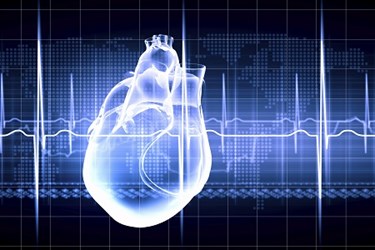EHR Data Aids Study Of Cardiac Structure, Function

By Christine Kern, contributing writer

Researchers are finding value in leveraging EHR data for their cardiac study.
According to researchers from Vanderbilt University, electrocardiograph data harvested from electronic health records can be efficiently extracted as a rapid and efficient method for the study of cardiac structure and function.
The study, published in the Journal of Clinical Bioinformatics, suggests EHR-based cohorts have the potential to make major contributions toward the study of epidemiologic and genotype-phenotype associations for cardiac structure and function in diverse populations. Cardiac structure, such as wall thickness and left ventricular dilation, can predict cardiovascular disease events and heart failure.
Measures of cardiac structure and function are important human phenotypes that are associated with a range of clinical outcomes. Studying these traits in large populations can be time consuming and costly. Utilizing data from large electronic medical records (EMRs) is one possible solution to this problem.
The authors studied 6,076 echocardiography reports for 2,834 unique adult subjects. Vanderbilt University Medical Center's EHR-based ECG report archives go back to 1997 and are stored in the PDF format. Missing data were uncommon with over 90 percent of data points present.
While the authors noted several limitations to their study, such as the exclusion of clinically relevant semi-structured and unstructured data, they also concluded the benefits of extracting the available data efficiently offered promising signals were sufficient to warrant further consideration.
The authors suggested that future directions for research include refinement of methods for extraction and filtering of semi-structured and unstructured echocardiographic date from EHRs and leveraging of the Vanderbilt echocardiography cohort for study of cardiac structure and function genotype-phenotype associations.
This study provides groundwork for further development of interoperability of EHR data and tracking of diseases and normal structures and functions.
